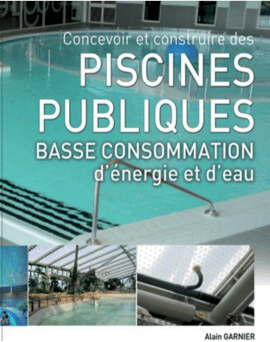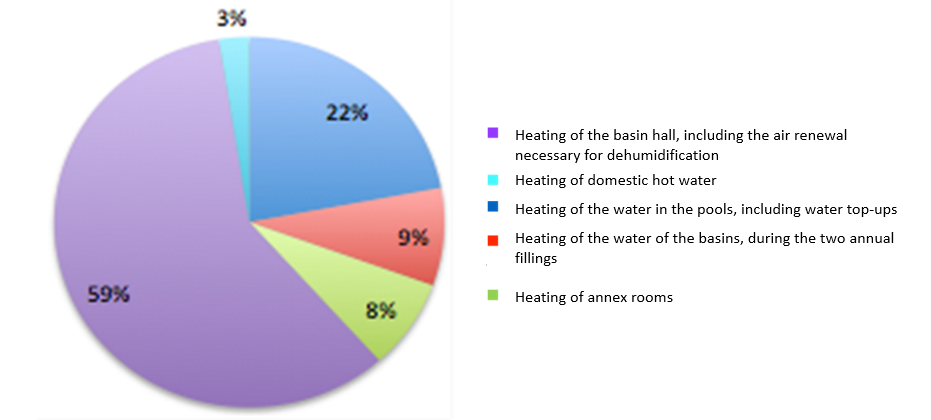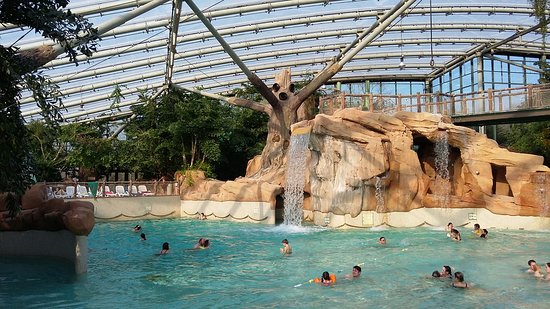Swimming pools : taking action face to the soaring prices
In 2011, Alain Garnier, founder of the Garnier design office specialized in large energy consumers such as swimming pools and aquatic centers, published a book dedicated to Low Energy and Water Consumption Swimming Pools. Dealing with the pools of today and tomorrow, were the solutions and recommendations recommended utopian?
More than 10 years later, at a time when energy consumption is monitored and energy cuts threaten us, this book has never been so relevant.
An increasingly tense energy context
For several months, the whole of Europe has been experiencing an energy crisis and consequently an explosion in energy prices, and in particular gas prices. Between the recession linked to the health crisis and the conflict in Ukraine in early 2022, the price of gas has risen from €25 to €97/MWh since mid-2021. From a larger point of view, in one year, the increase in energy prices (electricity, gas and oil products) has contributed to 3.1 points of inflation out of a total of 5.3%.
This increase has naturally consequences all the more serious for the energy-consuming buildings such as the aquatic centers. This has notably led the company Vert Marine to temporarily close about thirty swimming pools throughout France at the beginning of September.
To avoid such situations, solutions both individual and collective must be thought and applied, by reducing energy consumption as much as possible, especially the use of gas which, let’s remember, remains a carbon energy.
Rethinking energy consumption
The main problems are therefore the dehumidification of the pool hall (59%) and the heating of the pool water.
Contrary to popular belief and the enthusiasm for solutions to reduce consumption of domestic hot water, the DHW item is marginal (3%). It is therefore necessary to focus our imagination and engineering on water heating and air dehumidification, as recommended in the title of Alain Garnier’s book.
Common sense would dictate that the renewal of water should be reduced, allowing for the reduction of water heating. Indeed, maintaining the temperature is less energy consuming than heating the city water to 28°C. To do this, it would be necessary to use different filtration systems, with less pressure loss than sand filters on the one hand, and by limiting water renewal, especially during filter backwash operations on the other hand.
It is also recommended to favor different heating systems more virtuous such as heat pumps, absorption heat pumps, and thermal solar collectors, as well as to value the recovery of energy between the heat to heat the water, and the cold to dehumidify.
For a new pool, the best solution is to build a bioclimatic pool. The latter respects the principles of natural ventilation to avoid mechanical cooling and overheating in summer. The architectural criteria of a bioclimatic pool are based on optimal sunlight, strong insulation and airtightness as well as a roof that allows light and heat to pass through, for example in Texlon.
Concrete results
PHOSPHORIS intervened in the Center Parcs of Ailette Lake project in order to optimize the consumption of the site.
The roof of the Aquamundo is entirely translucent: permanently inflated, it is composed of three layers of Texlon, which makes it a real solar collector while guaranteeing good thermal insulation. This roof allows more luminosity and free solar contributions. The necessary cold is obtained by an absorption machine with indirect heating. The heat recovered in a ratio of 1.45 is used to heat the swimming pool and to heat the pools as well as the hot water for the showers.
This project achieves more than 40% energy savings compared to a conventional pool.
Want to learn more about our solutions for energy-intensive buildings?
Contact us now!






